

Advanced tools for strategic planning and energy efficient operation in public buildings and cities
BEEMind






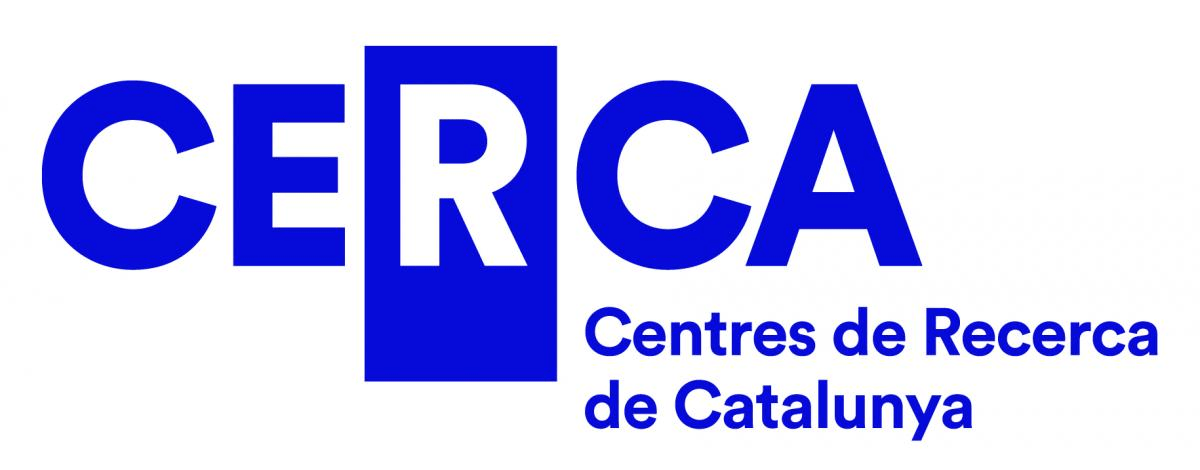



Un consorci de:
En col·laboració amb:
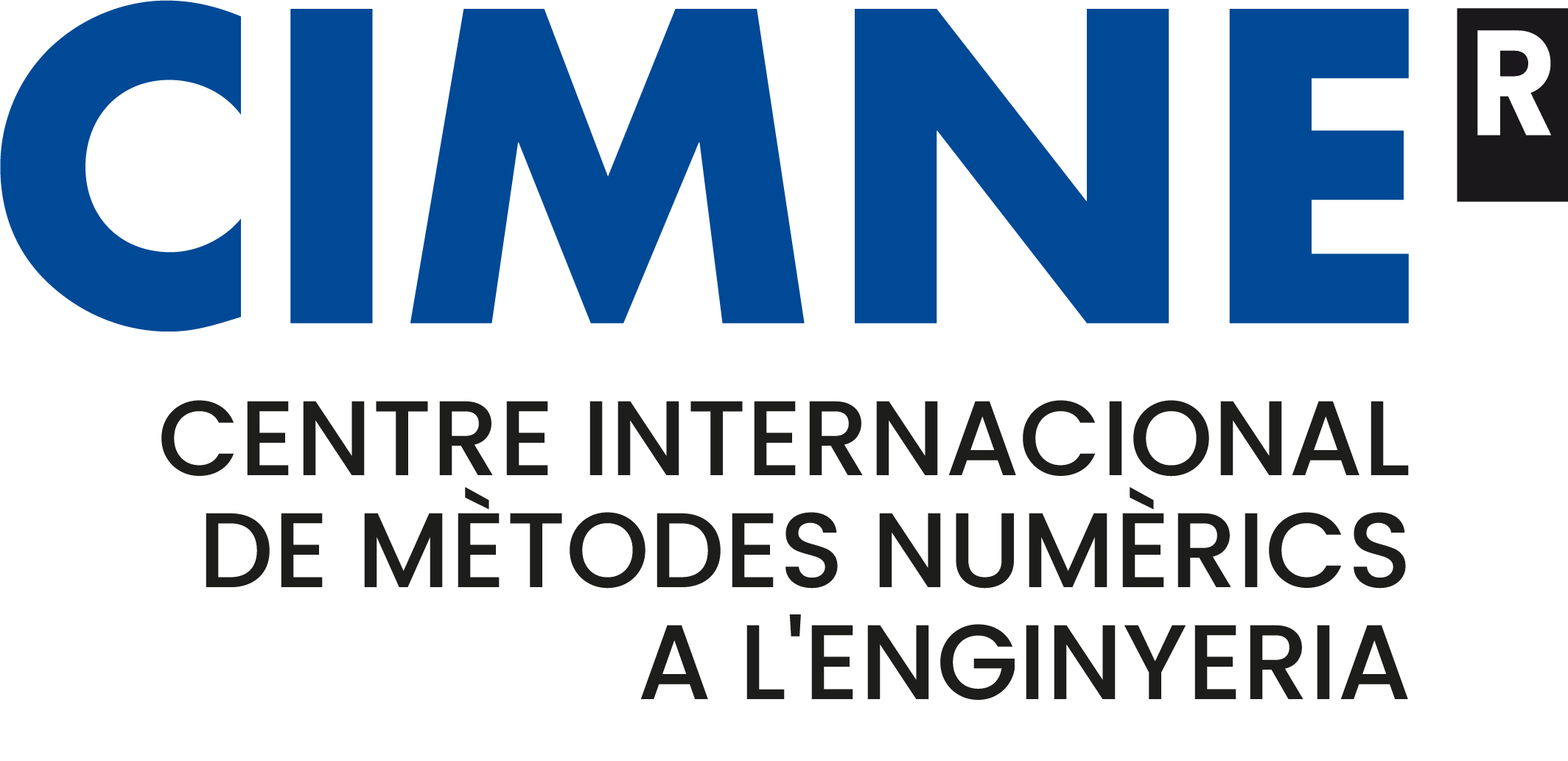


BEEMind
Technology for resilient buildings and cities 4.0
- BEEMind is an AI powered environment that integrates three key pillars: a semantic web technologies to make data fully interoperable, a big data architecture to manage large data volumes, and a set of intelligent tools to analyze, predict, and optimize urban environments.
-
It is structured around the following tools:
- MindCity
- MindOpera

AI-based solutions to enhance climate resilience in buildings and urban environments
BEEMind tools






MindCity
MindOpera


MindCity







BEEMind tools : MindCity
Ciutats 4.0 : high resilient cities in practice
This solution helps municipalities and consortia go digital and manage their data effectively on a local level.
It is a key tool for smart cities, energy planning, adapting to climate change, and making decisions about urban retrofitting
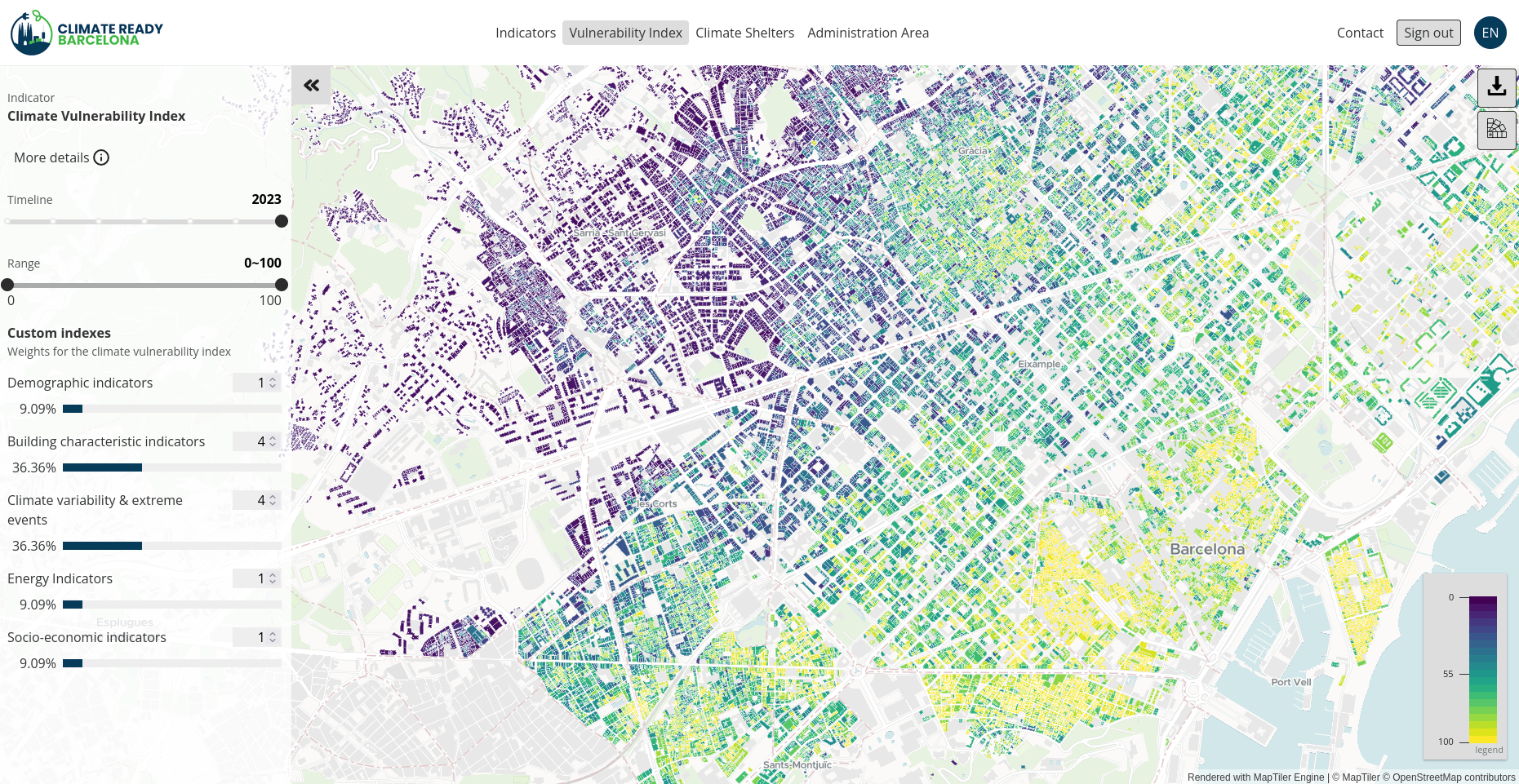
What does it do? It checks out KPIs for buildings and helps plan for climate change:
-
City microclimate model
-
Rates how vulnerable buildings are to climate issues
-
Forecasts energy upgrades and adaptation strategies
-
Sends heat wave alerts 4 days ahead
-
Aids in designing urban green spaces and shelters


Description
Data integration Across Various Scales



3. Data at building level
2. Data at census code level
1. Data at postal code level
BEEMind tools : MindCity


AI powered geo models

BEEMind tools : MindCity
We develop machine learning and Graph Convolutional Neural Network (GCNN) models
To enable microclimate assessment and learning patterns from geo-structured data (buildings, streets, use, energy, etc.).
Estimation of KPIs for all buildings without data
It is a digital landscape, a dynamic knowledge graph that brings urban exploration to life.
Definition of future climate mitigation and adaptation scenarios



BEEMind tools : MindCity
-
Integration, processing, and visualization of large amounts of urban data at the building level
-
AI driven models to improve cities and make them more resilient against extreme weather events.
-
Figuring out specific geospatial indicators that connect to climate action and the shift towards cleaner energy.
-
Evaluation of vegetation and urban climatology scenarios
Funcionalities
Cities 4.0: Environmentally Smart
-
Facilitates strategic decision-making in the energy, climate, and urban planning fields
-
Optimizes resources and processes for large-scale city data analysis
-
Improves coordination between technical departments and citizen interaction
-
Highly scalable to any city in Europe
Beneffits
Unlocks powerful data visualization solutions for consultancies


BEEMind tools : MindCity
Use cases
-
Optimizes resources and processes
For large-scale analysis of city data -
Improves coordination
Between technical departments and citizen interaction -
High scalability
For any city in Catalonia or the rest of Spain
-
Heat map
Detect vulnerable areas with solar and thermal radiation -
Building energy retrofitting
Identify and prioritize buildings with the greatest needs -
Vegetation index
Define and plan green areas
Impacts


Cities 4.0: Environmentally Smart

Technology BEEMind







big data architecture
BEEMind-ENMA



big data integration





Ingestion
Harmonization


Ingestion







Massive data integration
ENMA in action
Ingestion processes
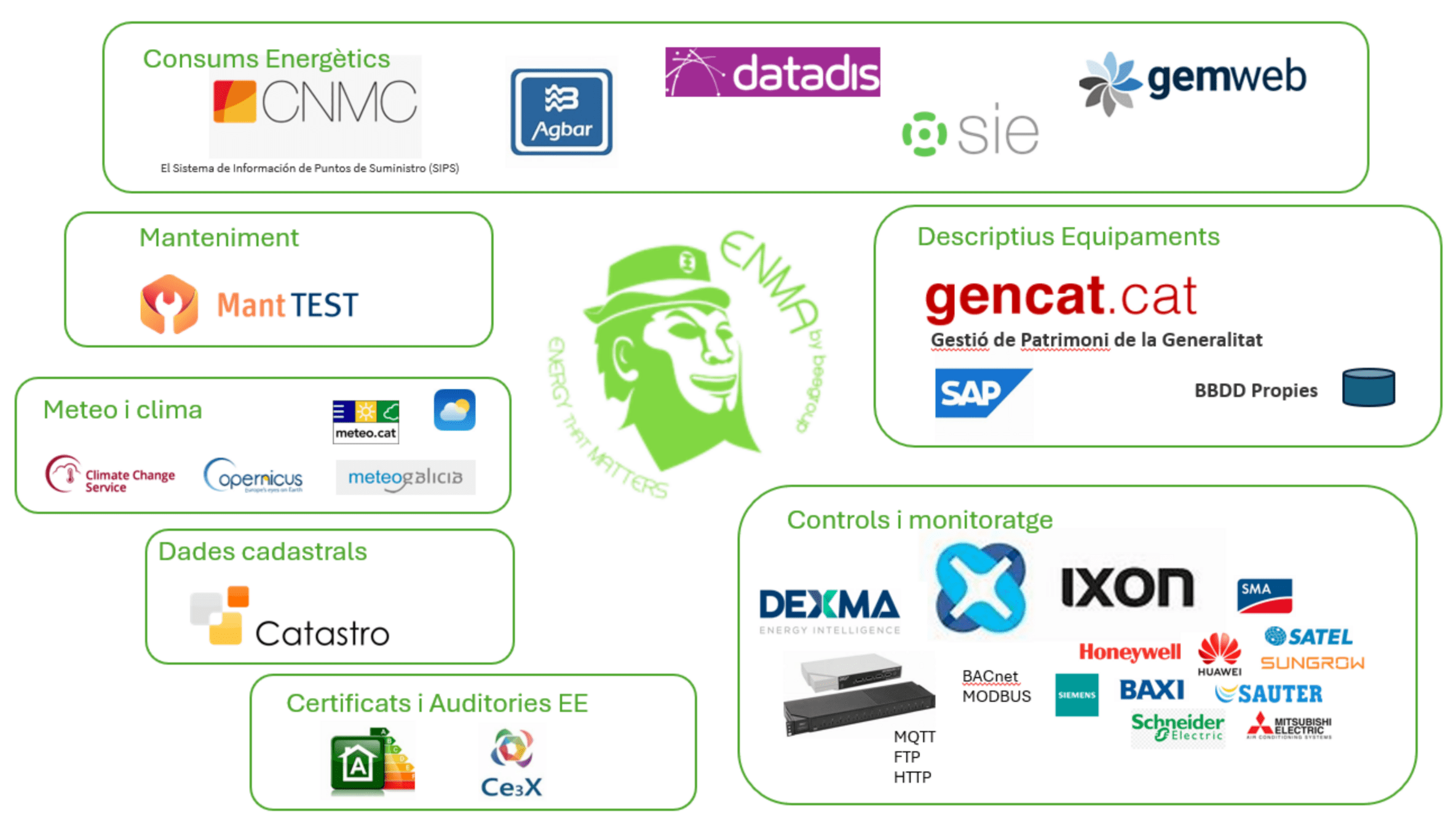
BEEMind: Data ingestion
- Executed manually or periodically
- Reading from websites, files, external databases, or APIs.
- Implemented using Python scripts.
Dades socio-econòmiques


Dades urbanes obertes





Actualització continua dels datasets
-
Cadastral (INSPIRE + CAT Files)
-
Energy Efficiency Certificates
-
Electricity and gas consumption (Annual per building, hourly by postal code)
-
Meteorological data (Historical, forecasts)
-
Socioeconomic indicators (Census, income atlases...)
-
Climate shelters
-
Administrative layers
-
Vegetation indices
-
Tourism-related establishments
-
Mortality and morbidity due to extreme heat events
MindCity: Data sources

MindCity: Data ingestion


Massive data integration
-
Number of buildings: 61,000
-
Number of households: 1 Million
-
Number of EPC: 200,000
-
Monthly electricity consumption data of 20,000 residential buildings from 2022 to 2024 and 60,000 for 2017
-
Microclimate model formed by 10,222 zones (100 m x 100 m)
-
Number households with heat waves warnings and tips: 20,000
-
Number of KPIs processed and visualized: 3 Million
-
Number of census codes with data: 1,050
MindCity: Data sources
MindCity: Data ingestion


Massive data integration
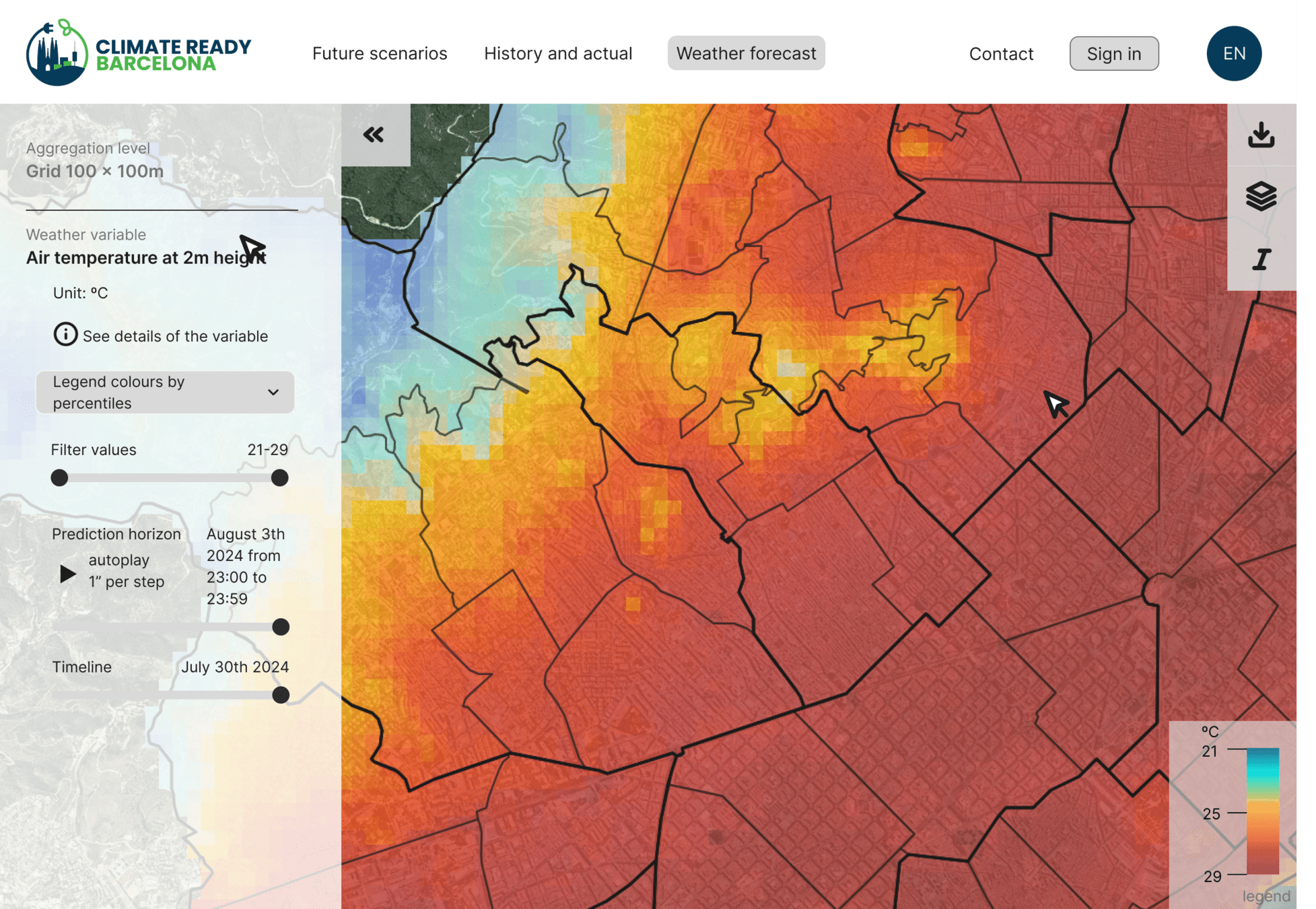


Data harmonization







BEEMind: Data ontology
The ontology at the core of our solutions
Applied semantic web technologies:
Understanding and organizing data is as important as the algorithms themselves

Massive data integration


BIGG: l'ontologia de dades que enllaça des de sensors a carrers
Reuse
-
saref, s4blg, s4city, s4agri:
- buildings, devices
-
ssn:
- systems, deployments
-
geosp:
- geolocation
-
qudt:
- units
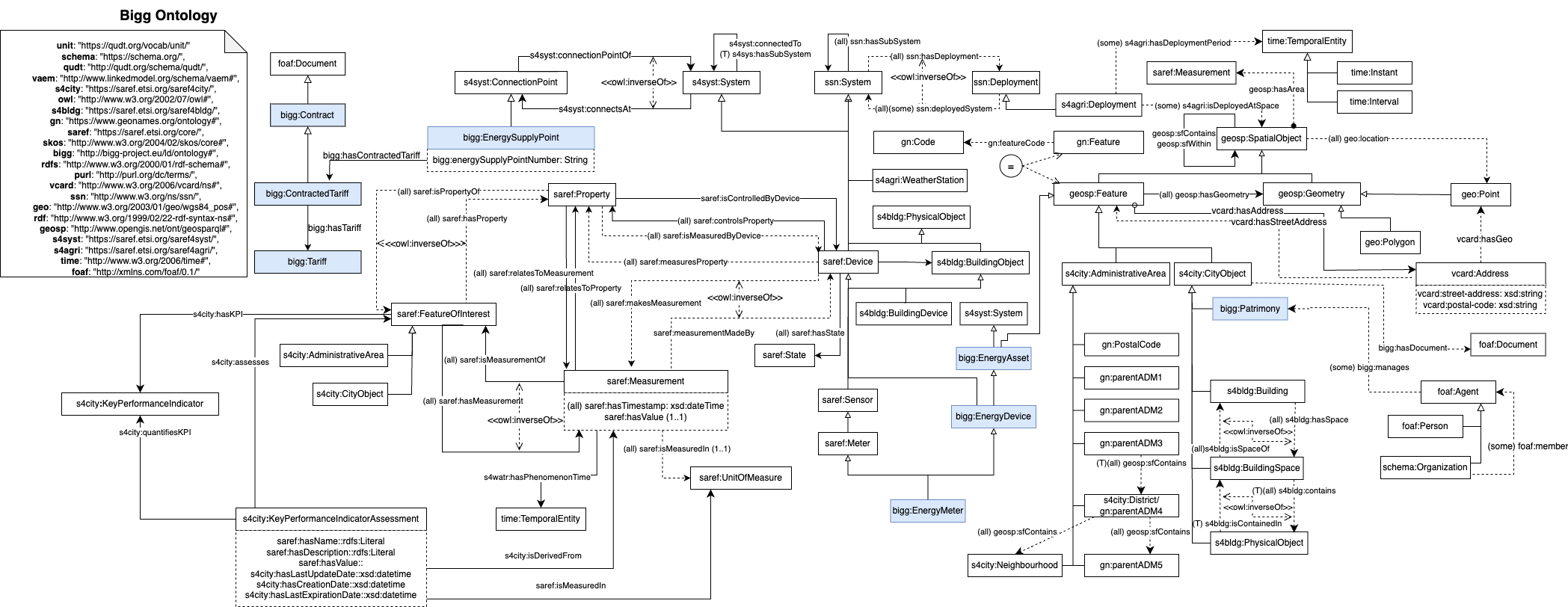
BEEMind: Data ontology
BIGG: the common data ontology
Case studies: Aj.Barcelona







Climate Vulnerability Map of Barcelona









MindCity: Climate-Ready BCN
Aj. Barcelona, ECOSERVEIS
Source: ICLEI Action Fund 2.0
Budget: €1M
Objective: Support citizens and public authorities in adapting to extreme climate events and reducing energy poverty
Implemented: From May 2023 to June 2025






Its goal is to provide precise and up-to-date information for decision-making in urban planning, public policy, climate management, and the protection of the most vulnerable inhabitants.
Aj. Barcelona, ECOSERVEIS
Vulnerability map of Barcelona
-
Vulnerability estimation using AI and energy simulations
-
Export of a large set of socio-economic, energy, cadastral, and climate indicators (KPIs)


MindCity: Climate-Ready BCN
- The Climate Vulnerability Map of Barcelona is a geospatial analysis tool designed to identify the city’s most vulnerable buildings in the event of extreme heat-related events.
- It includes the assessment of all buildings (61,000) against heatwaves.
Main goal
Added value
CVI
How we estimate the Climate Vulnerability Index (CVI)
MindCity: Vulnerability map of Barcelona
Climate vulnerability is typically framed within three key dimensions defined in the IPCC's Third Assessment Report (Intergovernmental Panel on Climate Change) in 2001:
Exposure
Sensitivity
Adaptive capacity
Although most studies classify indicators using these three categories, our index introduces additional levels to provide a more nuanced analysis while remaining aligned with the traditional framework.




Climate variability and extreme events
- Track changes over time through indicators such as temperature, precipitation, and vegetation cover. Local data helps assess risks related to heatwaves, droughts, and floods.
Energy indicators
- Explore energy use patterns (gas and electricity consumption). Indoor temperature data is crucial for identifying households at risk during extreme heat events.
Building characteristics
- Assess features such as age, use, and size to understand their impact on energy use, indoor comfort, and structural vulnerability.
MindCity: Indicators groups (KPIs)
Vulnerability map
Infrastructure indicators
Assess the availability of essential public services (schools, climate shelters, social housing) and the strength of social networks to understand community support capacity.
Health indicators
Analyze the relationship between climate and health outcomes to identify vulnerable populations and prepare healthcare systems.
Demographic indicators
Not all groups are equally vulnerable. Analyzing factors such as gender, age, income, migration status, and unemployment allows for the development of more detailed CVIs.
Socioeconomic indicators
Understand urban resilience through factors such as housing costs, energy poverty, household debt, and gaps in social protection, which worsen during economic crises.


Vulnerability map
MindCity: Indicators groups (KPIs)


MindCity: Building CVI
-
Data preprocessing – Select input data to calculate the indicators.
-
Framework selection – Determine which indicators positively or negatively affect the CVI.
-
Granularity definition – Select the spatial scale.
-
Normalization & weighting – Harmonize indicators and assign weights.
-
Aggregation – Combine indicators into groups to obtain a final value.
⚠️ Challenge: Each study adapts its CVI to its specific context and priorities.
Climate Vulnerability Index (CIV)
Vulnerability map


Our approach includes interactive features:
-
View individual indicator layers.
-
Customize weights for tailored vulnerability analysis.
-
Adapt the CVI based on user goals (e.g., prioritizing climate vs. socioeconomic factors).
🎯 Outcome: Provide a practical tool for both policymakers and citizens to explore climate vulnerability and support decision-making.
MindCity: Building CVI
Vulnerability map


-
Local microclimate model
MindCity: Modelling
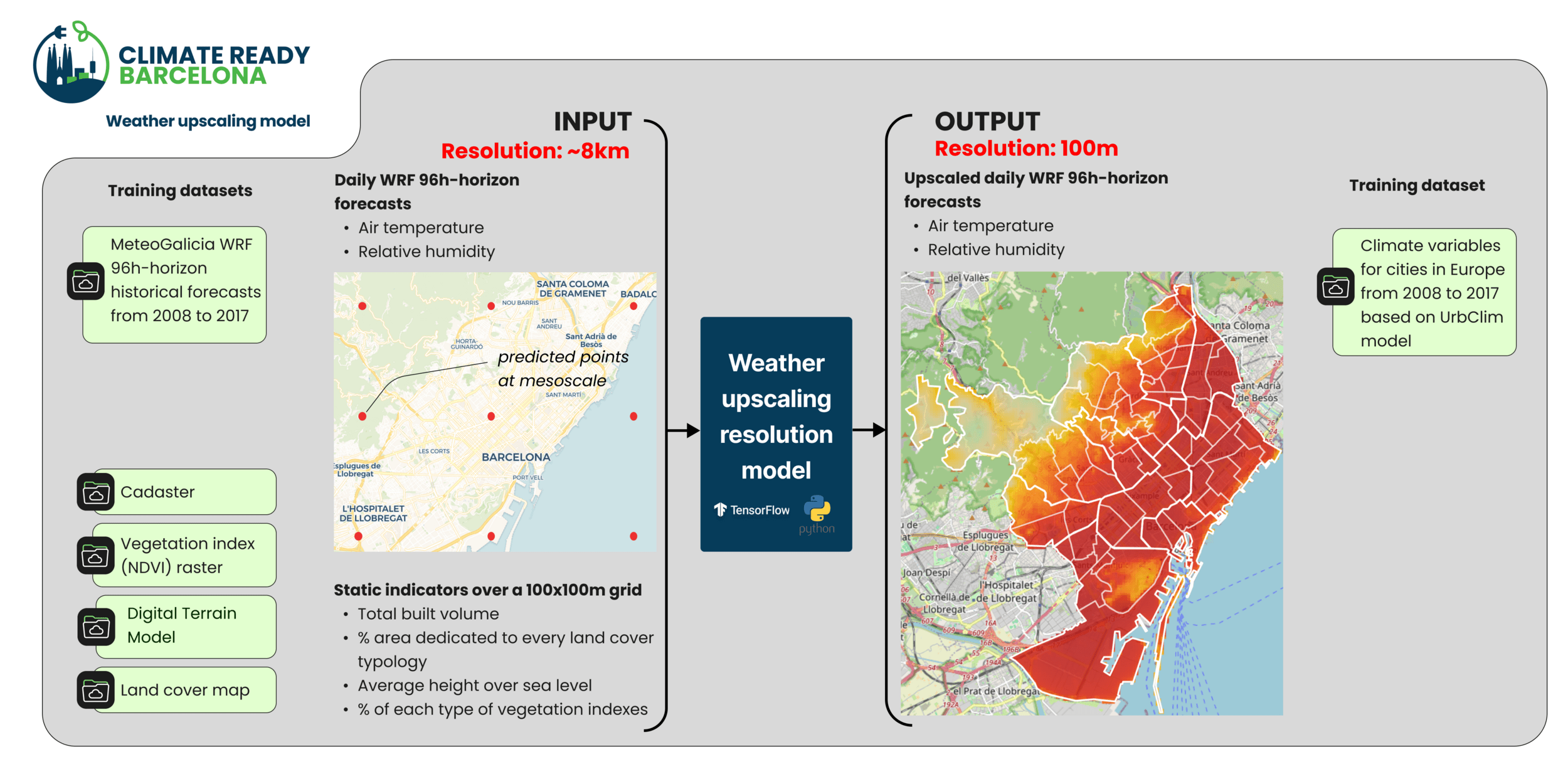
Vulnerability map


-
Thermal demand models
Simulation of cooling and heating demand based on a Resistor-Capacitor (RC) Model calibrated according to each building’s archetype. The model uses an electrical circuit to simplistically mimic the building’s thermal dynamics.
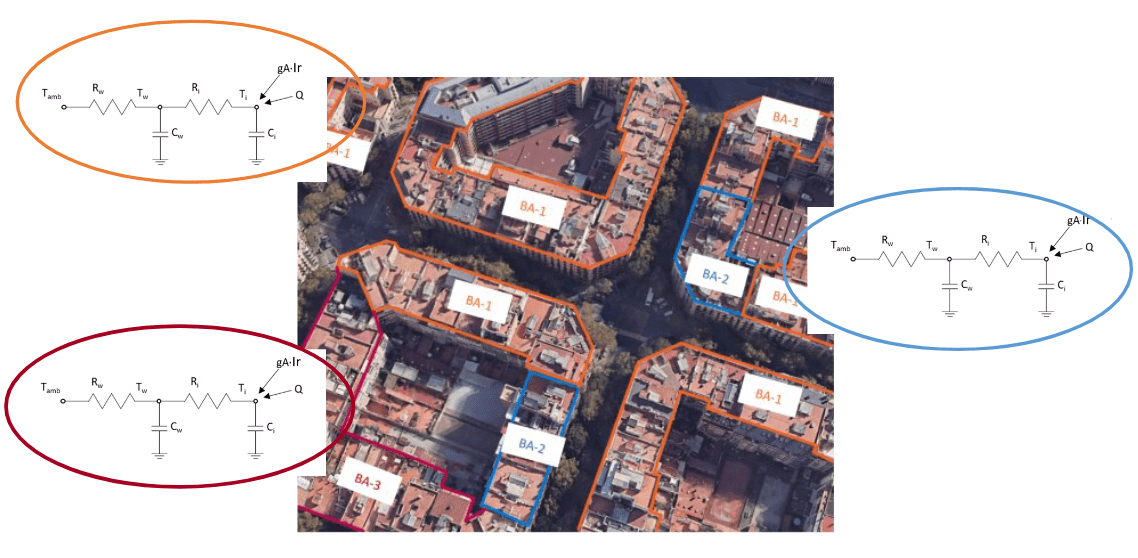
Vulnerability map
MindCity: Modelling


MindCity: Climate Vulnerability Map Visualization
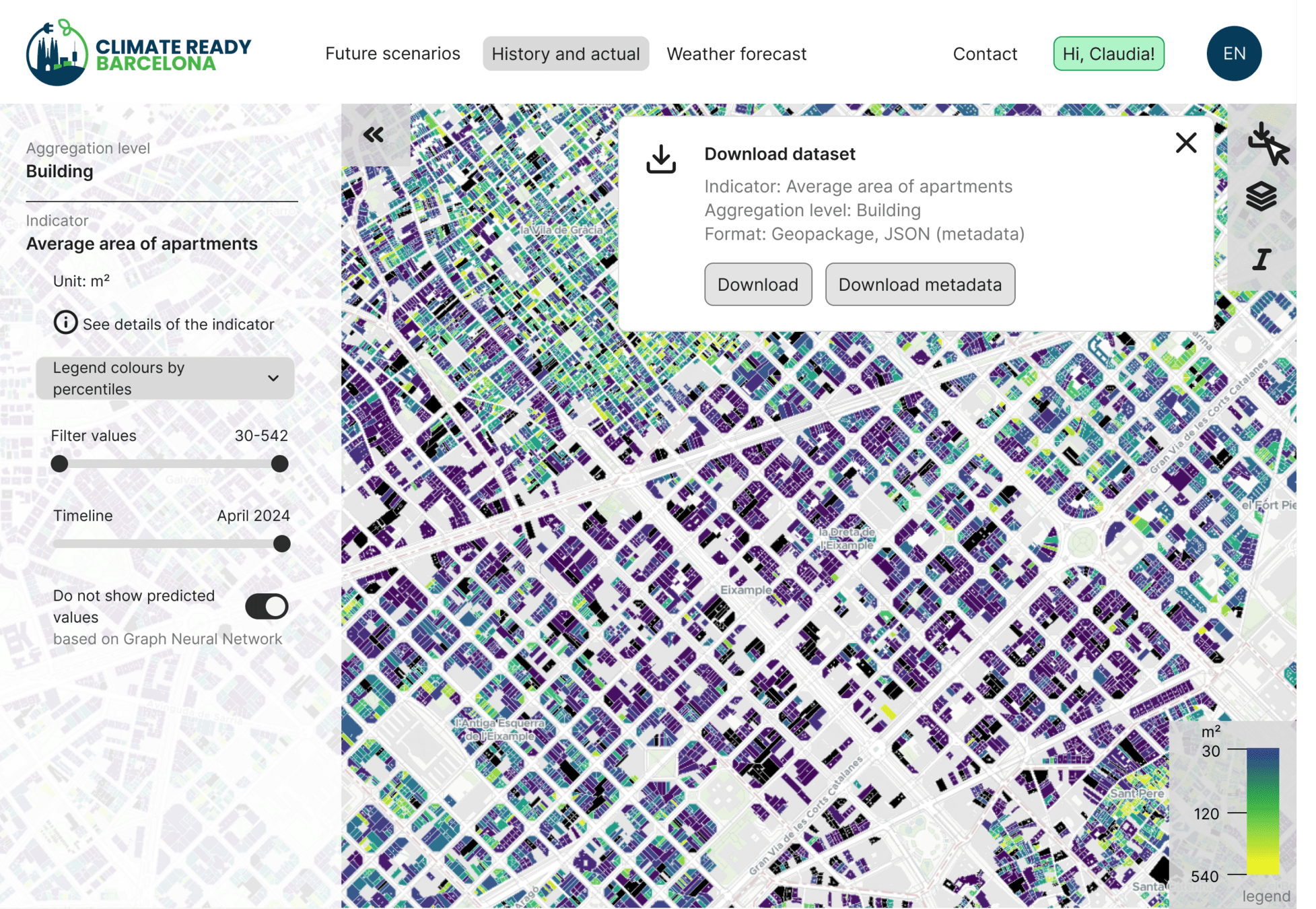
Export and data visualization
Text
Vulnerability map
Vulnerability map

Index evolution by streets and buildings


Queries and forecasts
Vulnerability map
MindCity: Climate Vulnerability Map Visualization



Queries and forecasts
Temperature forecast visualization by neighborhoods
Vulnerability map
MindCity: Climate Vulnerability Map Visualization
Governance and licensing









Governance and licensing
Commitment to innovation
Public investment in innovation
-
Catalan
-
Spanish
-
European
Economy of scale
Return on investment
-
High initial implementation cost
-
Low maintenance cost
-
Medium- and long-term return
-
No monthly license fees
-
Collaborative software improvement
Self-sufficiency
-
Independence from big tech
-
Commitment to the local tech ecosystem
-
Transparency
License EUPL-1.1
An open public administration



Governance and licensing
License EUPL-1.1
Open-source license promoted by the European Commission, specifically designed for software developed by public administrations in Europe
-
Legal compatibility with the European framework
-
Obligation to share improvements (copyleft)
-
Promotes interoperability and reuse
A solid legal framework that promotes collaboration and continuous improvement of software in the public sector
License EUPL-1.1
Thank you
Jordi Cipriano
Director of Innovation Unit BEEGroup
cipriano@cimne.upc.edu









MindCity_ENG_Lite
By CIMNE BEE Group
MindCity_ENG_Lite
Solucions basades en intel·ligència artificial per a l'augment de la resiliència climàtica en edificis i entorns urbans
- 58



